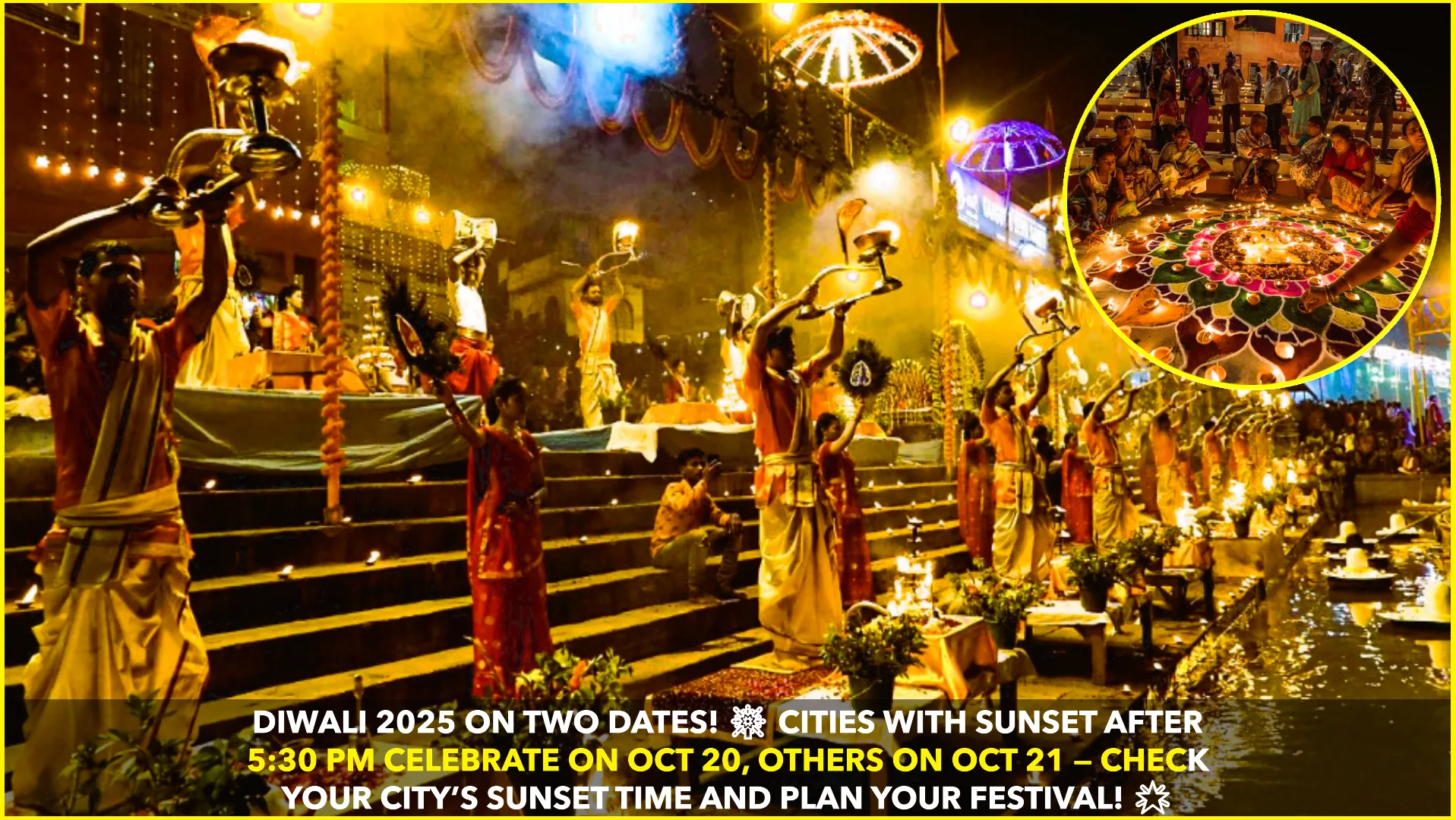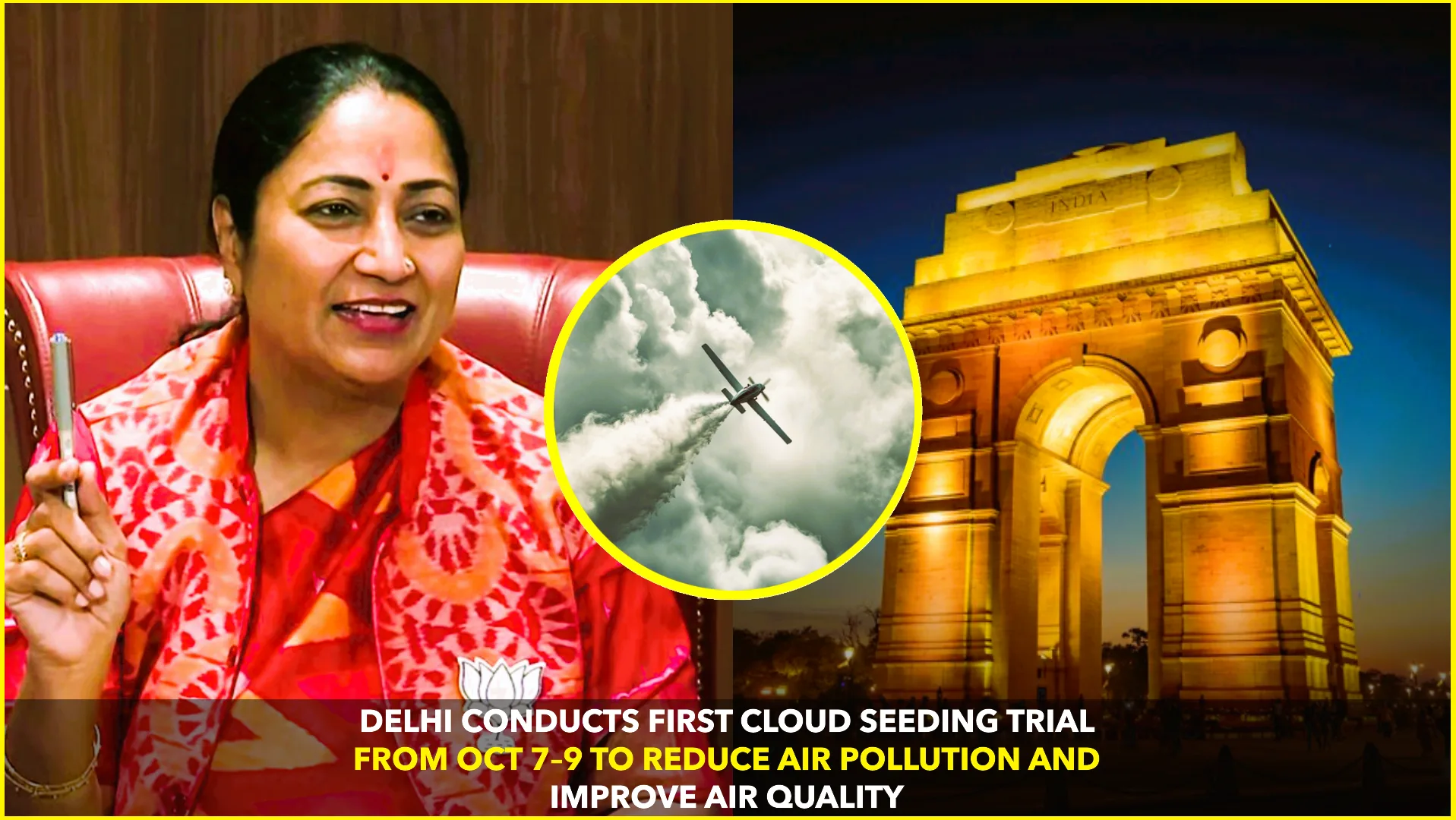OpenAI’s ChatGPT has recently introduced a feature that allows users to generate images in the distinctive style of Studio Ghibli, the renowned Japanese animation studio behind classics like “Spirited Away” and “My Neighbor Totoro.” This development has sparked widespread enthusiasm, with social media platforms flooded with “Ghiblified” images ranging from personal photos to reimagined internet memes.
The trend gained significant momentum after Grant Slatton, a software engineer from Seattle, shared an AI-generated Ghibli-style image of his family on social media. The post quickly went viral, inspiring countless others to experiment with the new feature. Users have transformed various images, including iconic memes like the “Disaster Girl,” into Ghibli-style artworks, showcasing the AI’s impressive ability to emulate the studio’s whimsical aesthetic.
However, the surge in popularity has placed considerable strain on OpenAI’s resources. CEO Sam Altman addressed the situation in a post on X (formerly Twitter), stating, “It’s super fun seeing people love images in ChatGPT…But our GPUs are melting.” He further noted, “We’re going to temporarily introduce some rate limits while we work on making it more efficient… We’re also refusing some generations that should be allowed.”
Beyond technical challenges, the Ghibli-style image generation has ignited ethical and legal debates. Critics argue that using AI to replicate the unique styles of living artists or studios without consent raises significant intellectual property concerns. Hayao Miyazaki, Studio Ghibli’s co-founder, has previously expressed strong disapproval of AI-generated art, describing it as “an insult to life itself.” This sentiment resonates with many who believe that AI-generated art undermines the value of human creativity and effort.
In response to these concerns, OpenAI has implemented measures to mitigate potential infringements. The company has stated that while it permits broader studio styles, it refuses requests to generate images in the style of specific living artists to avoid mimicking their unique work without permission. Despite these precautions, debates persist about the ethical implications of AI-generated art and its impact on the creative industry. Business Insider+1Business Insider+1The Independent+3Business Insider+3The Independent+3Interesting Engineering
The controversy intensified when the White House used an AI-generated Ghibli-style image in a social media post about detaining an undocumented immigrant. This action drew sharp criticism and raised questions about the ethical use of AI-generated media in political contexts. Critics argue that such applications of AI art demonstrate a lack of consideration for the original artists’ intentions and the potential for misrepresentation.
Adding to the discourse, Zelda Williams, daughter of the late actor Robin Williams, voiced her concerns about the trend. She highlighted the environmental impact of AI technologies and echoed Miyazaki’s sentiments, stating that reliance on machines for artistic pursuits cheapens human effort and creativity. San Francisco Chronicle+1Interesting Engineering+1
Despite the controversies, many users continue to embrace the Ghibli-style image generation, sharing their creations and expressing admiration for the technology’s capabilities. For some, the ability to see themselves or their loved ones rendered in the beloved Ghibli aesthetic offers a unique and personal connection to the art form. However, this enthusiasm is tempered by ongoing discussions about the ethical use of AI in creative fields and the need to respect and protect the rights of original artists.
As AI technology continues to evolve, it challenges existing norms in art and creativity, prompting society to grapple with questions about originality, consent, and the role of human artists in an increasingly automated world. The Ghibli-style image trend serves as a poignant example of these complexities, highlighting both the potential and the pitfalls of integrating AI into the creative process.










